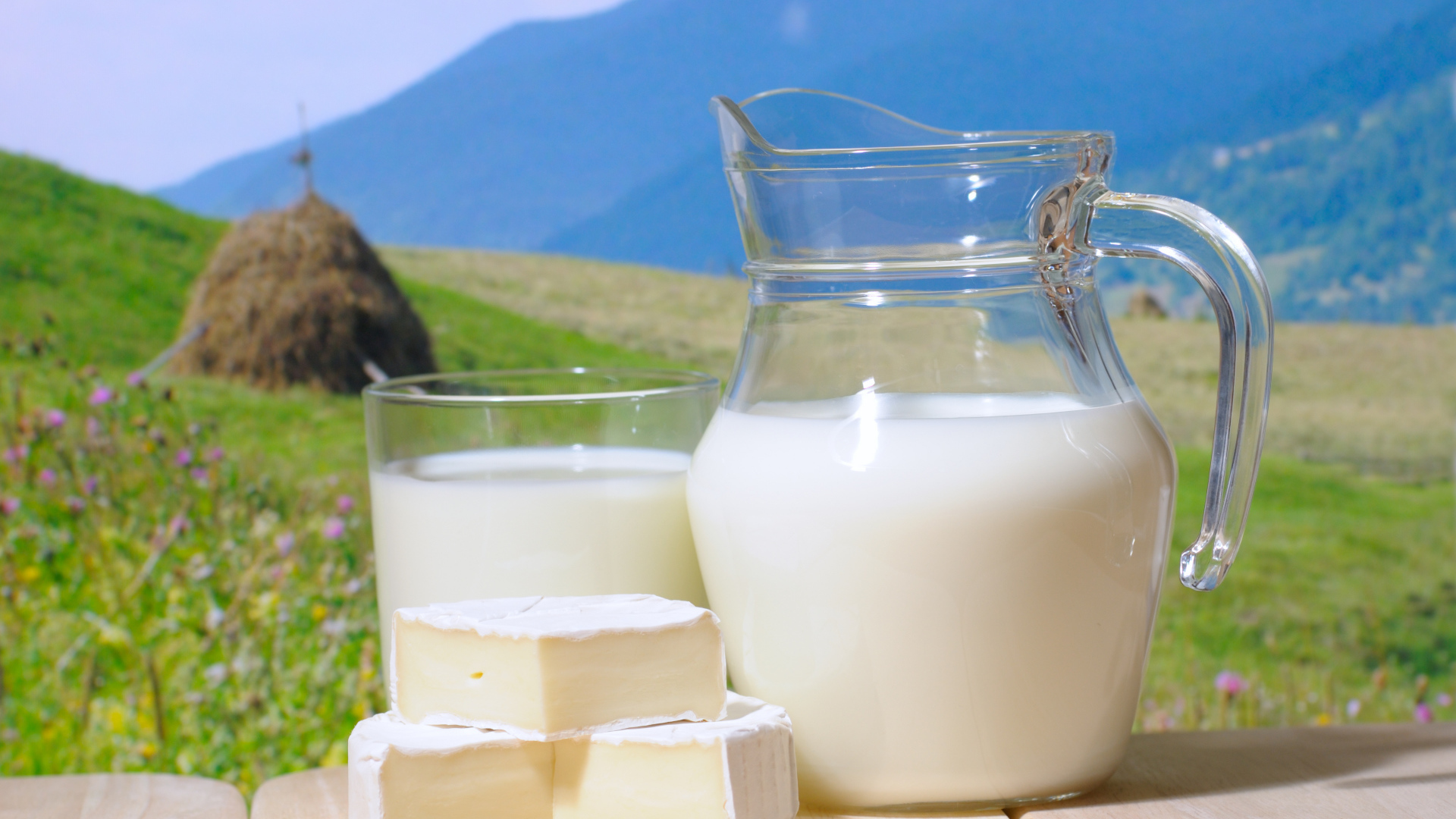
Milk is often referred to as a healthy drink because of the calcium content contained in it. Actually the healthy milk content is not only calcium, there are still many other beneficial nutrients in milk that are rarely known by many people.
Healthy milk content
In about one glass of milk (220 ml), there are about 122 calories, 4.8 grams of fat, 115 mg of sodium, 12 grams of carbohydrates, 12 grams of sugar, 8 grams of protein, and 293 calcium.
In addition, milk also contains a variety of vitamins and other minerals that are good for the body. Here is complete information about milk content.
1. Vitamins and minerals
As many people know, milk is a good source of calcium. Not only that, milk also contains phosphorus, riboflavin, vitamin B12, potassium, zinc, thiamine, and selenium. You could say milk contains almost every nutrient needed by your body.
Calcium content in milk and even included in the type of calcium that is easy for the body to absorb. The amount is quite a lot, which is 293 mg per glass. This amount can meet nearly one third of adult calcium needs.
In addition, there are also some milk fortified with vitamin D. Some countries require milk producers to add vitamin D content to the milk they produce.
2. Protein
Not only is it rich in calcium, milk is also included as a good source of protein for your body. The protein content in milk is quite high, which is about 8 grams per glass of milk.
The protein in milk contains nine important amino acids needed by your body. The composition of protein in milk is divided into two, namely 18 percent whey protein and 82 percent casein protein.
Casein is a milk protein that is not soluble in water. One of the properties of casein is that it can increase the absorption of phosphorus and calcium and can increase blood pressure.
While whey protein is a type of protein that can dissolve in water. This type of protein is thought to provide a variety of many health effects, such as improving mood, lowering blood pressure, and forming and maintaining muscle mass.
Both types of protein present in milk are also equipped with a high proportion of essential amino acids and are easily digested.
3. Carbohydrates
Carbohydrates in milk are generally in the form of lactose sugar. When consumed, lactose will break down into galactose and blood sugar, which will then be absorbed into your bloodstream.
There are some people whose bodies are unable to break down lactose because their bodies lack the enzymes needed to break down lactose. This condition is called lactose intolerance.
4. Fat
A glass of milk contains about 4 percent fat. In addition, there are also several types of milk that have lower fat content, such as nonfat milk (0 percent) and low fat milk (1-2 percent).

